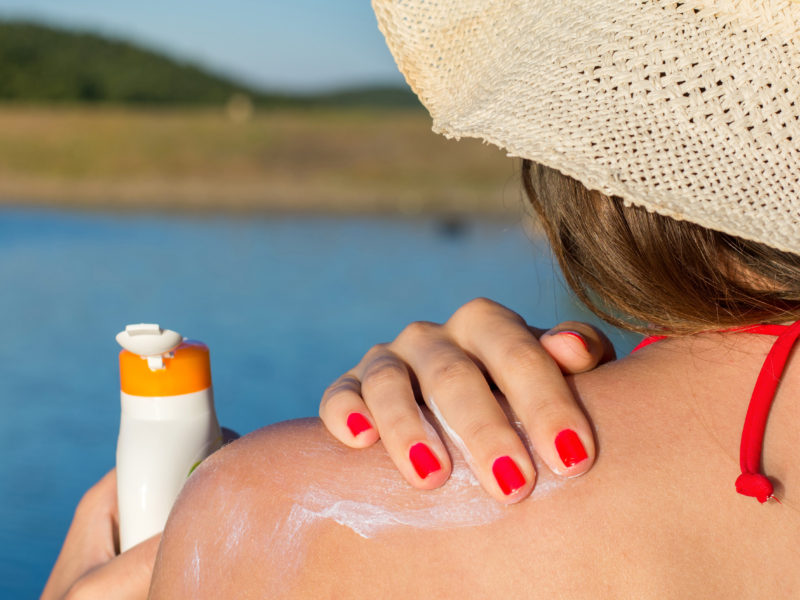
Backyard solariums on the rise .
Most Australians believe a tan signifies glowing health. However, a tan, ironically, represents the polar opposite.
Following the ban of commercial solariums Australia-wide on January 1, 2016, an underground market of illegal solariums has emerged across the nation.
According to the Cancer Council Australia, research has revealed those who use solariums before the age of 35 increase their risk of developing melanoma by 59 per cent, in addition to sustaining serious skin damage (ageing and wrinkling).
The Federal Government initiative to ban commercial solariums in a bid to eradicate their associated health risks, has, however, spurred a ‘black market’ of private home solariums, where UV tanning beds remain legal, according to an article published In News.com.au on January 13, 2016.
Carrying a hefty fine of up to $44,000, why are Australians going to such extremes lengths to source a harmful tan?
The answer may be ‘Tanorexia.’
As described by Mamamia on August 2, 2015 ‘Tanorexia’ is often acknowledged as a point of humour. However, the term refers to a much more serious health risk, describing those addicted to the release of opioids while tanning.
In research conducted by Fox Chase Cancer Centre, Philadelphia, published in American Journal of Health Behavior, in September, 2008, more than 25 per cent of those surveyed reported symptoms of tanning dependence, similar to alcohol and drug-addicted individuals.
So, like many celebrated but dangerous fashion trends that have swept our nation, such as the waif-like figure, glamourous cigarette smokers and sun-kissed sun bakers, it appears the local commercial solarium is causing more harm than good.
We trust the national ban on commercial solariums, hefty fines associated with their use, and rigorous research reinforcing their associated health risks, acts as a strong deterrent to those who worship a golden tan.
